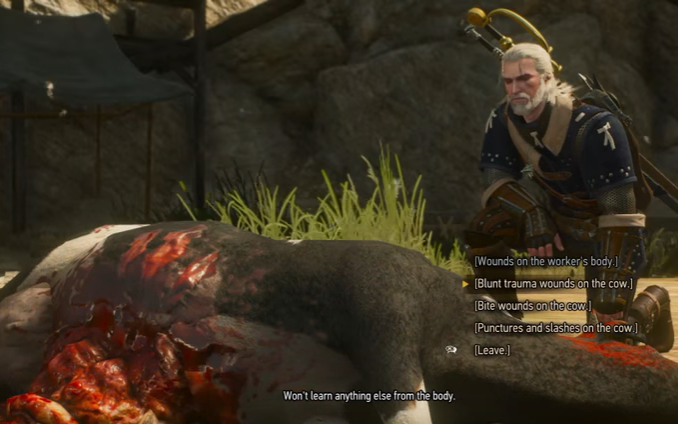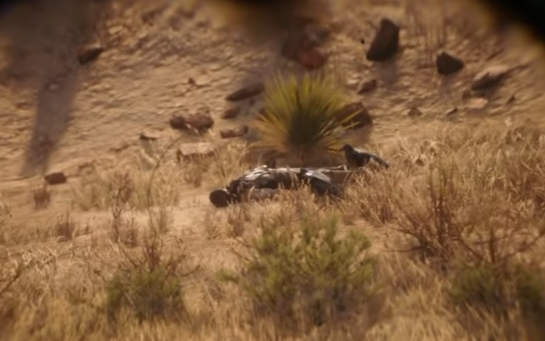Note: This blog post includes some images of human remains.
Long time readers of this blog will know that Halloween is my favourite time to complain about skeletons – I mean, as much as I love to get spooky around this time of year, it’s hard to supress the professional urge to point out that spiders are not made out of bones like that, what the actual heck.

Instead of doing another post like that (although frankly, they seem to just make more and more of these horribly inaccurate animal skeleton decorations every year), however, I’ve decided to instead praise the bone that – besides the skull – seems to carry the burden of representing all bones, regardless of species, whenever a bone is required for decorative or fictional reasons.
Let us discuss the humble, yet everlasting, femur bone, folks.


Okay, so let’s first start off with the fact that the typical cartoon depiction of a bone isn’t a one-to-one recreation of a human femur bone. As you can see in the images above, the standard cartoon bone has a long shaft akin to the actual femur bone, but the epiphysis on both ends are exactly the same. These identical ends are arguably based on the rounded distal end (aka the bottom part) of the femur; in real life, the proximal end (aka the top part) of the femur is mostly represented by the greater trochanter, neck, and head (see image below). That said, the stock cartoon bone is definitely based on the femur, regardless of how (in)accurate it is – I mean, even TV Tropes agrees with me!


But why is the femur bone – or, well, some fictional bone that is mostly a femur bone – our go-to image for all things bone-related? This isn’t just limited to cartoons, either – as you can see in the image above, if you’re buying bone-related Halloween decorations, you’ll probably end up with a load of femur bones for some reason! Oddly enough, TV Tropes actually provides a pretty solid explanation: as the femur is one of the strongest and straightest bones in the body, it is often the most preserved and therefore the most recognisable. And this is backed by osteological research as well: for bipedal human bodies, the femur needs to be the strongest bone as it carries all of the weight during most physical actions. The strength of this bone, as well as the density, ultimately leads to it often having a better chance of survival in the archaeological record (White et al. 2011 p. 241). In addition, this strength and associated durability lends itself to the usefulness of the femur as material for creating tools and other artefacts (Christidou and Legrand-Pineau 2005, p. 394) – in some ways this is echoed in other popular culture depictions of the stock bone as a weapon or a spooky staff, etc.
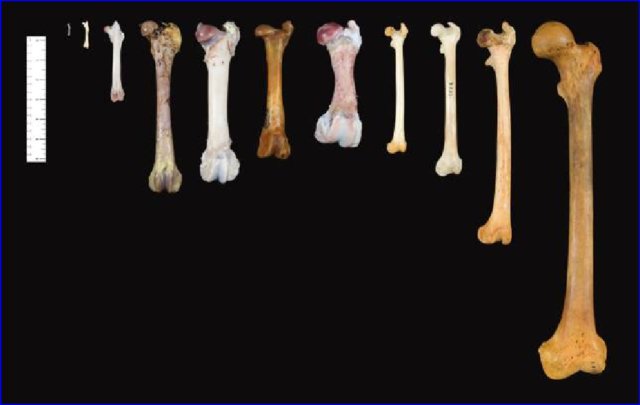
I would also argue, of all the different sort of bones, the femur is more or less recognisable across most species. Although there is obviously variation in size and in some shape (see the comparative image above), the main components are pretty recognisable: the long shaft, the bulbous head and raised greater trochanter…you get the picture.
So, this Halloween, remember to salute the femur bone for all of the hard work it does, not just as a long bone in the body, but also as an ambassador, serving as a role model for all bones, everywhere.
Maybe one day you’ll get your proper due, astragalus bone…

References
Anonymous. Stock Femur Bone. TV Tropes. Retrieved from https://tvtropes.org/pmwiki/pmwiki.php/Main/StockFemurBone
Christidou, R. and Legrand-Pineau, A. (2005) Hide Working and Bone Tools: Experimentation Design and Applications. In H. Luik, A. Choyke, C. Batey, L. Lougas (eds) From Hooves to Horns, from Mollusc to Mammoth: Manufacture and Use of Bone Artefacts from Prehistoric Times to the Present, Proceedings of the 4th Meeting of the ICAZ Worked Bone Research Group at Tallinn, 26-31 of August 2003. pp. 385 – 396.
Muschler, G., Raut, V., Patterson, T., Wenke, J., and Hollinger, J. (2009) The Design and Use of Animal Models for Translational Research in Bone Tissue Engineering and Regenerative Medicine. Tissue Engineering Part B, Reviews 16(1). pp. 123-45.
White, T. D., Black, M.T., and Folkens, P.A. (2011) Human Osteology. Academic Press.
If you’re financially stable enough, why not donate to help out marginalised archaeologists in need via the Black Trowel Collective Microgrants? You can subscribe to their Patreon to become a monthly donor, or do a one-time donation via PayPal.
My work and independent research is supported almost entirely by the generosity of readers – if you’re interested in contributing a tiny bit, you can donate here.

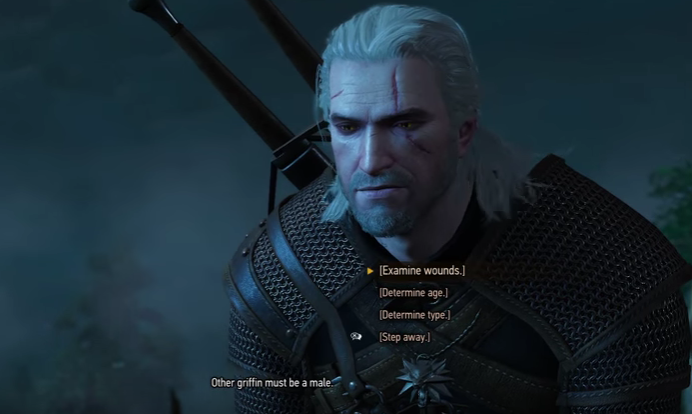
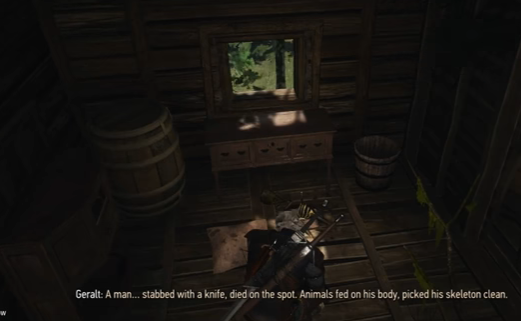 Geralt, the main character, is a Witcher (have I written that word enough yet?). This means he’s been trained and physically & genetically enhanced in order to combat monsters and other deadly creatures.
Geralt, the main character, is a Witcher (have I written that word enough yet?). This means he’s been trained and physically & genetically enhanced in order to combat monsters and other deadly creatures.